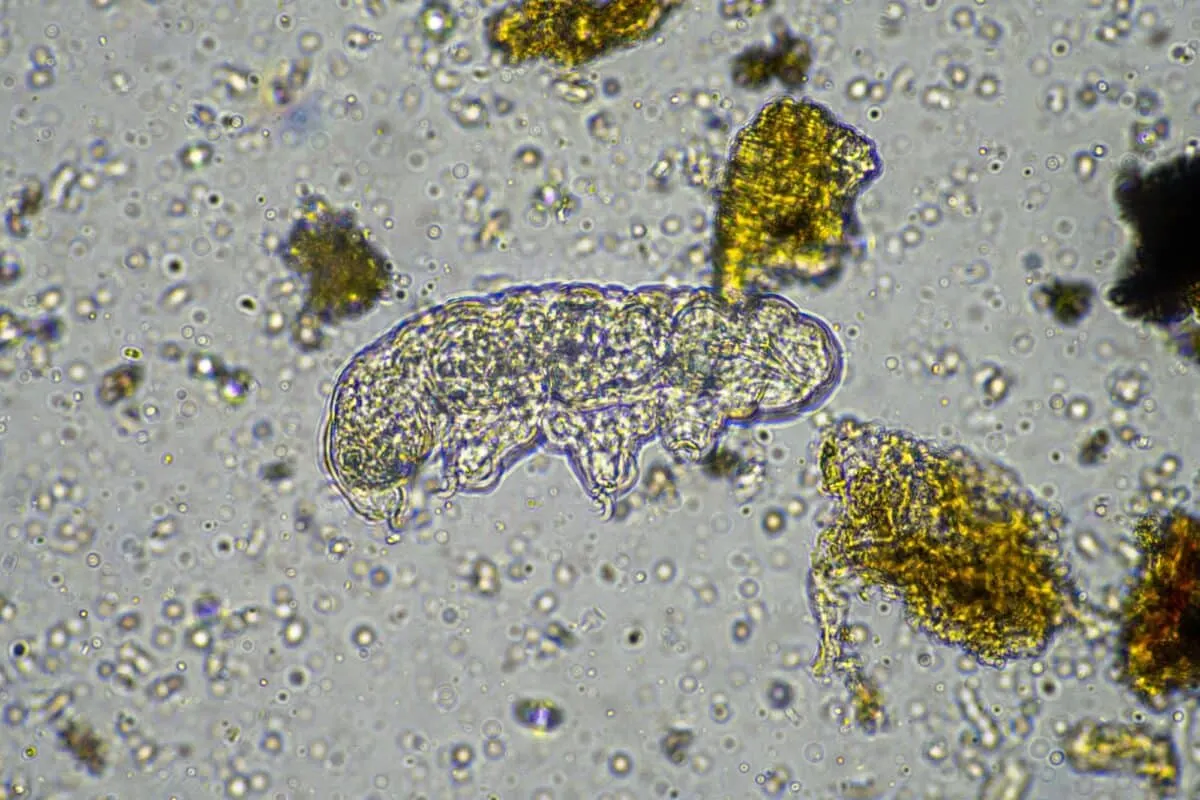In a groundbreaking series of experiments conducted on the International Space Station (ISS), scientists have confirmed that certain microorganisms can survive the harsh conditions of outer space for years. This extraordinary finding has profound implications for our understanding of life’s resilience, the possibility of panspermia (the hypothesis that life exists throughout the universe and is distributed by meteoroids, asteroids, and comets), and the challenges of planetary protection protocols for future space missions.
The discovery that some terrestrial microbes can endure long-term exposure to the vacuum of space, extreme temperature fluctuations, and intense radiation challenges previous assumptions about the boundaries of life and raises fascinating questions about how we define “extreme environments.”
Understanding the Space Environment’s Challenges to Life
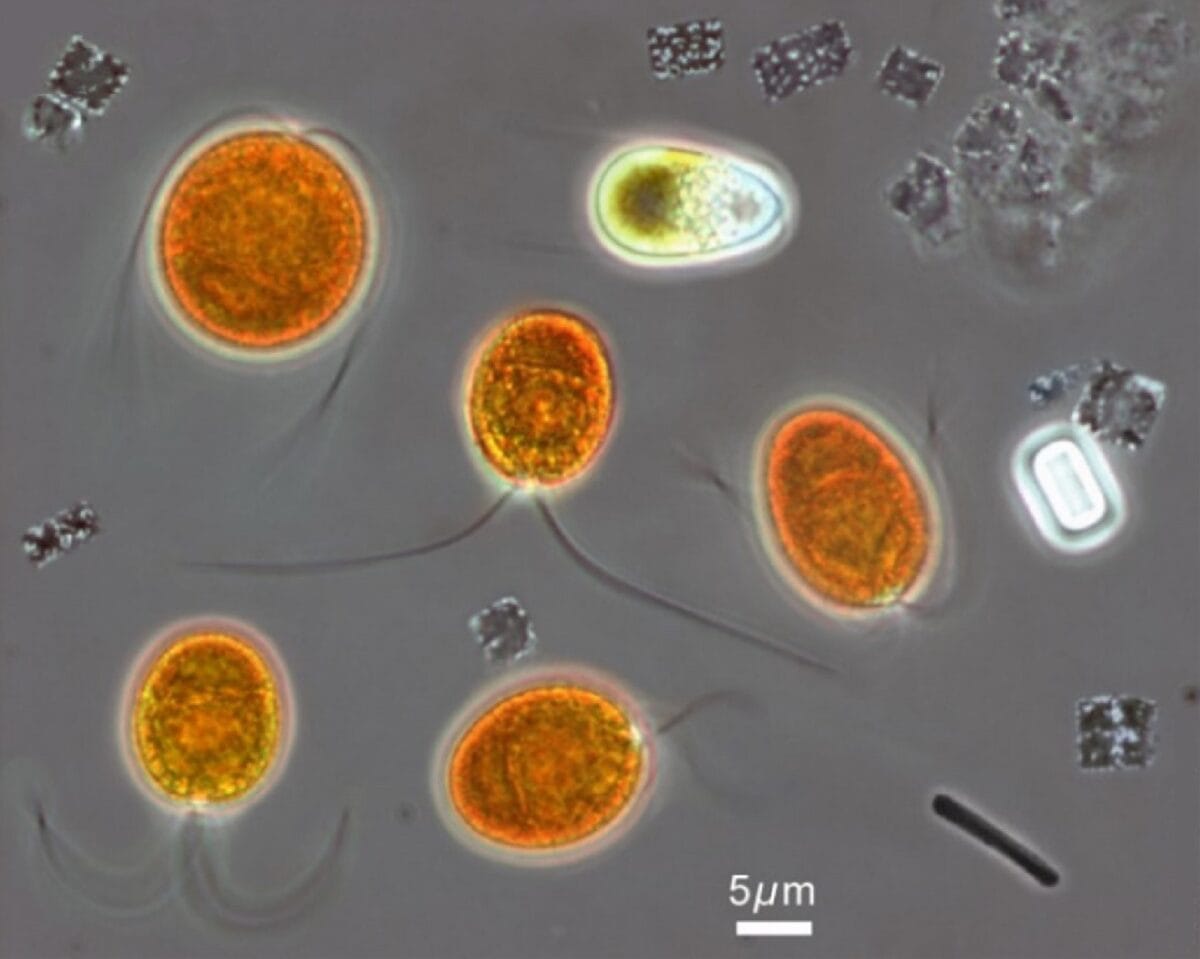
Space presents multiple lethal challenges to life as we know it. The vacuum of space means essentially zero atmospheric pressure, causing water to boil at room temperature and cells to potentially rupture. Temperatures fluctuate wildly, from approximately -120°C in shadow to +120°C in direct sunlight.
Perhaps most destructive is the unfiltered solar radiation, including ultraviolet rays, X-rays, and cosmic rays, which can severely damage DNA and cellular structures. Without Earth’s protective magnetosphere and atmosphere, organisms in space are exposed to radiation levels hundreds of times higher than on Earth. These conditions were long thought to be incompatible with biological survival, especially for extended periods.
The EXPOSE Experiments: Testing Life’s Limits
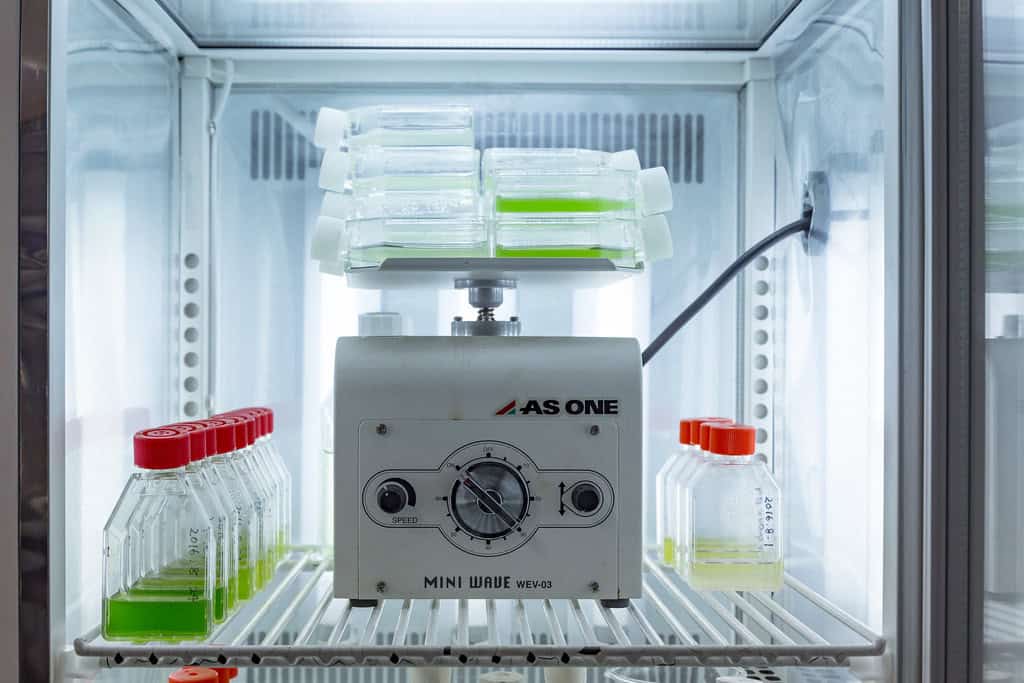
The discovery of space-surviving microbes came largely through the European Space Agency’s EXPOSE program, a series of experiments where trays containing various microorganisms were mounted on the exterior of the ISS. The EXPOSE-E, EXPOSE-R, and EXPOSE-R2 missions subjected samples to the vacuum of space, cosmic radiation, and extreme temperature fluctuations for periods ranging from 1.5 to 3 years.
These experiments were specifically designed to test the limits of life and investigate the panspermia hypothesis. Samples included bacteria, fungi, lichens, algae, plant seeds, and even small animals like tardigrades, creating a comprehensive test of various life forms under space conditions.
Bacterial Champions: Bacillus and Deinococcus

Among the most impressive survivors were species of Bacillus and Deinococcus bacteria. Bacillus subtilis spores demonstrated remarkable resilience, with some samples showing survival rates of up to 70% after 18 months in space. Even more impressive was Deinococcus radiodurans, nicknamed “Conan the Bacterium,” which survived three years of exposure on the ISS exterior.
This extremophile is already known for its extraordinary radiation resistance – it can withstand radiation doses 1,000 times greater than would kill a human. In space, it demonstrated its ability to repair extensive DNA damage caused by cosmic radiation and UV exposure, confirming its status as one of Earth’s most resilient organisms.
The Tanpopo Mission: Japanese Contributions to Astrobiology
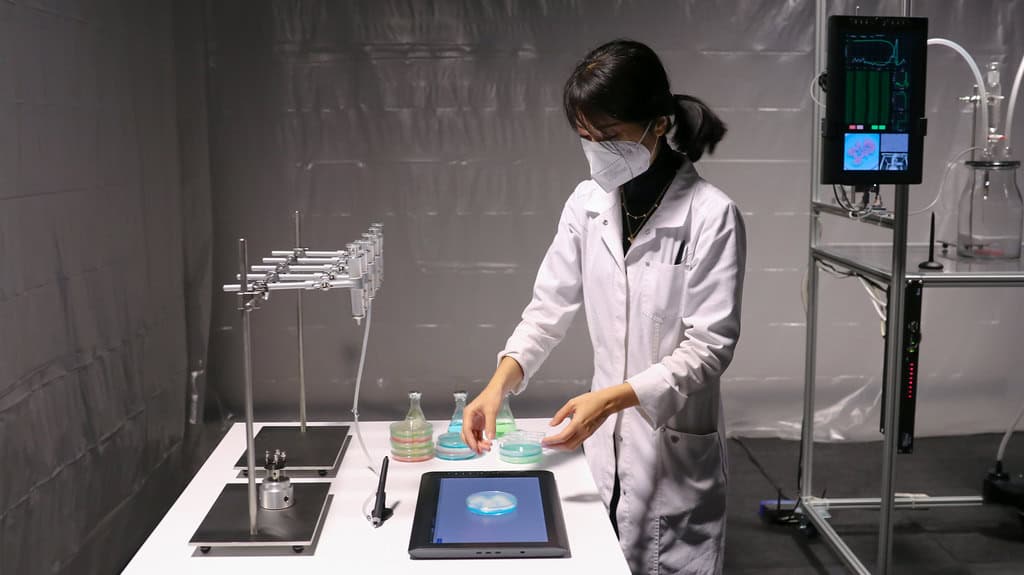
The Japanese Tanpopo mission significantly advanced our understanding of microbial survival in space. In this multi-year experiment, pellets of dried Deinococcus bacteria of varying thickness were placed in exposure panels outside the Japanese Kibo module on the ISS. After three years, researchers found that while bacteria on the surface layer died, those protected beneath survived.
Notably, aggregates larger than 0.5 mm partially survived the three-year exposure, with the bacteria in the inner layers remaining viable. This suggests that bacterial colonies of sufficient size could potentially survive interplanetary transfer inside meteorites or other space debris, lending credence to certain aspects of the panspermia hypothesis.
Survival Mechanisms: Adaptations for Space Conditions

The microbes that survived space exposure exhibit fascinating adaptations that enable their extraordinary resilience. Many form protective spores – dormant, dehydrated versions of themselves with reinforced cell walls that shield their DNA. Others, like Deinococcus, possess multiple copies of their genome and highly efficient DNA repair mechanisms. Some produce pigments that act as natural sunscreens, absorbing harmful UV radiation.
Dehydration also plays a crucial role in survival, as removing water prevents the formation of damaging ice crystals and reduces certain types of radiation damage. These microbes essentially enter a state of suspended animation, with metabolic activities reduced to undetectable levels, allowing them to “wait out” the extreme conditions until they encounter a more hospitable environment.
Tardigrades: Microscopic Space Travelers

Alongside bacteria, tardigrades (water bears) have demonstrated remarkable space-surviving capabilities. In various experiments, including the TARDIS (Tardigrades In Space) project, these microscopic animals survived complete exposure to space vacuum and radiation for up to 10 days. While not technically microbes, these multicellular organisms enter a state called anhydrobiosis when dehydrated, reducing their water content to less than 3% and enabling them to endure extreme conditions.
Their ability to replace water in their cells with a sugar called trehalose provides protection for proteins and cell membranes. Additionally, tardigrades possess unique proteins called Dsup (Damage Suppressor) that shield their DNA from radiation damage, making them valuable models for understanding biological radiation resistance.
Implications for Planetary Protection
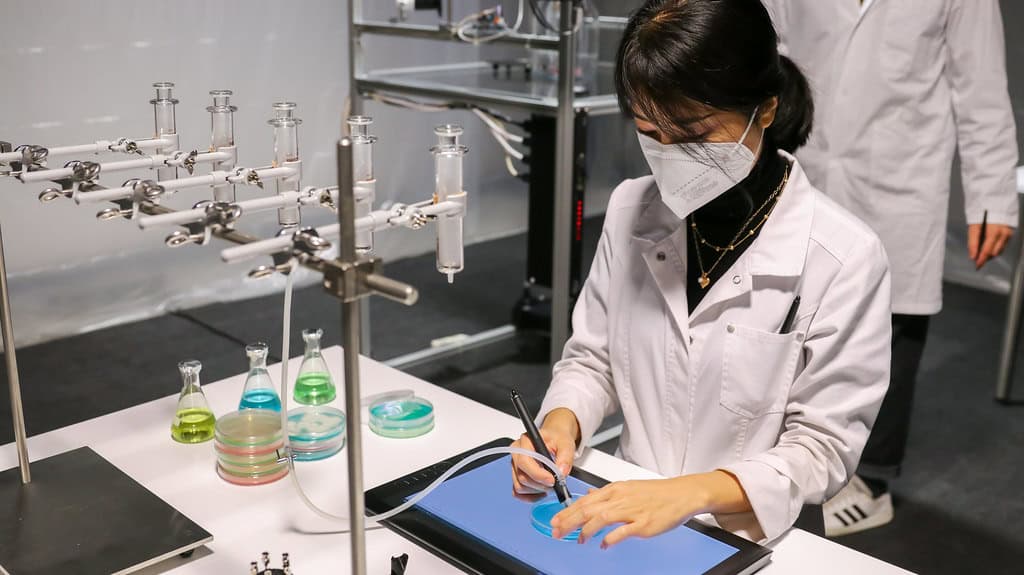
The discovery of space-surviving microbes has significant implications for planetary protection policies. These policies aim to prevent biological contamination of celestial bodies by Earth organisms (forward contamination) and protect Earth from potential extraterrestrial life (backward contamination). The demonstrated resilience of certain microbes means that spacecraft sterilization must be even more stringent than previously thought, particularly for missions to potentially habitable environments like Mars or Europa.
NASA and other space agencies are now reevaluating their planetary protection protocols in light of these findings. The risk that Earth microbes might survive on spacecraft surfaces and potentially contaminate other worlds is no longer theoretical but demonstrated by experimental evidence.
Supporting the Panspermia Hypothesis

The survival of microorganisms in space conditions lends credibility to certain aspects of the panspermia hypothesis – the idea that life could be transported between planets on meteorites or cosmic dust. While these findings don’t prove that life on Earth originated elsewhere, they do demonstrate that if microbes were ejected from a planet by a major impact event, some could potentially survive the journey through space to seed life elsewhere.
This is particularly relevant considering the discovery that rocks from Mars have been found on Earth, ejected by ancient asteroid impacts. The window of survival demonstrated by these experiments – years rather than just days – significantly increases the potential distances over which life might travel within our solar system.
Biofilm Communities: Strength in Numbers
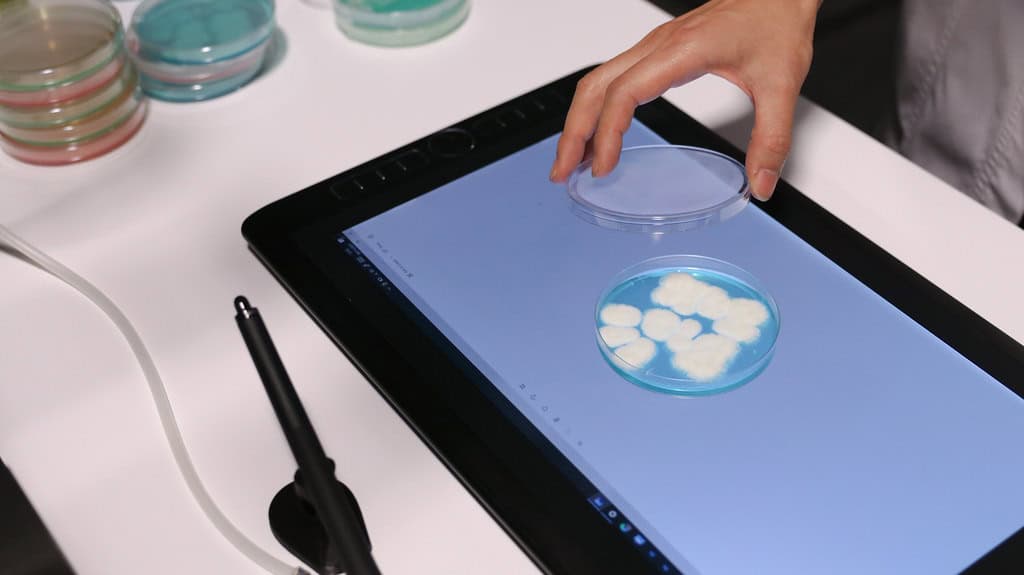
Recent research has highlighted the importance of microbial communities in space survival. Bacteria in biofilms – structured communities of microorganisms encased in a self-produced protective matrix – show significantly higher survival rates than isolated cells. In experiments on the ISS, bacterial biofilms demonstrated up to 30 times greater resistance to antibiotics and radiation compared to the same bacteria in planktonic (free-floating) form.
This community-based protection strategy appears to be particularly effective in microgravity environments. The outer layers of cells may die, but in doing so, they create a protective shield for the interior cells. This finding suggests that natural microbial communities might be even more resilient in space than the isolated cultures typically used in laboratory experiments.
Implications for Human Spaceflight and Space Habitation

Understanding which microbes can survive in space has practical implications for human spaceflight. The ISS maintains a complex microbiome – a community of microorganisms that live on its surfaces and in its air systems. Some of these microbes have shown increased antibiotic resistance and virulence after exposure to the space environment.
The discovery that certain bacteria can survive even on exterior surfaces means that a space station’s microbiome might be more dynamic than previously thought, with organisms potentially surviving on external surfaces only to be brought inside during spacewalks or through air locks. For future long-duration missions to Mars or permanent lunar bases, managing these microbial populations becomes a critical concern for both structural integrity (as some bacteria can corrode materials) and crew health.
Future Research Directions

The discovery of space-surviving microbes has opened exciting new research avenues. Scientists are now investigating whether extended exposure to space conditions might drive accelerated evolution in these organisms, potentially producing novel adaptations. There’s also increasing interest in “space synthetic biology” – deliberately engineering microorganisms that could serve useful purposes in space environments, such as processing waste or producing oxygen on Mars.
The BIOMEX (Biology and Mars Experiment) and the ongoing Biological and Physical Sciences Program on the ISS continue to explore microbial survival under Mars-like conditions. Additionally, upcoming lunar and Mars missions will likely include more sophisticated experiments to test microbial survival in these specific planetary environments, rather than just in open space.
Conclusion: Redefining the Boundaries of Life

The discovery that microbes can survive years of exposure to the harsh conditions of space fundamentally reshapes our understanding of life’s resilience and adaptability. These findings stretch the boundaries of what we consider habitable environments and force us to reconsider the potential distribution of life throughout our solar system and beyond. For astrobiologists searching for extraterrestrial life, this research provides encouragement that life might exist in environments previously deemed too hostile.
The extraordinary adaptations of these microorganisms may also inspire new biotechnologies, from radiation-resistant materials to advanced life support systems for space exploration. As we venture further into space, the tiny stowaways that have demonstrated such remarkable survival capabilities remind us that life, in its most fundamental forms, might be more cosmic than we ever imagined.
- What Scientists Found in Ice Cores From Alaska Will Shock You - August 9, 2025
- How Water Scarcity Could Spark Mass Migration in America - August 9, 2025
- Why Scientists Are Studying Sloth Fur for Medical Research - August 9, 2025

